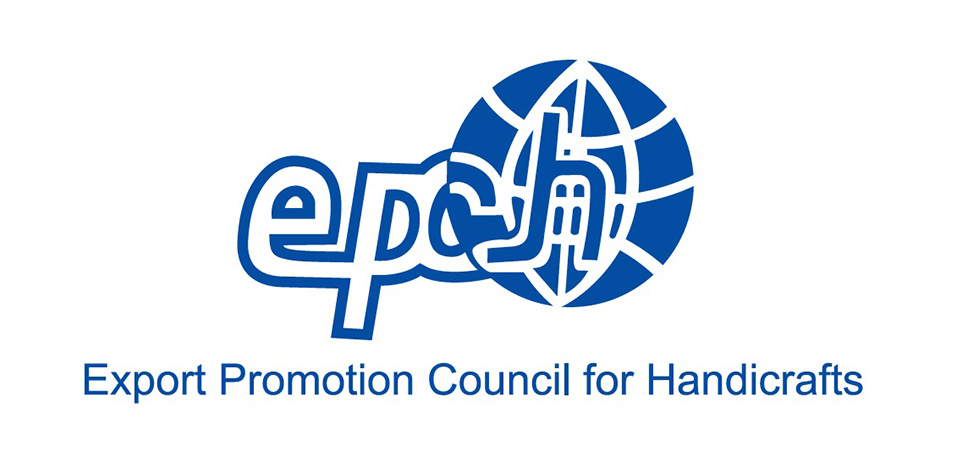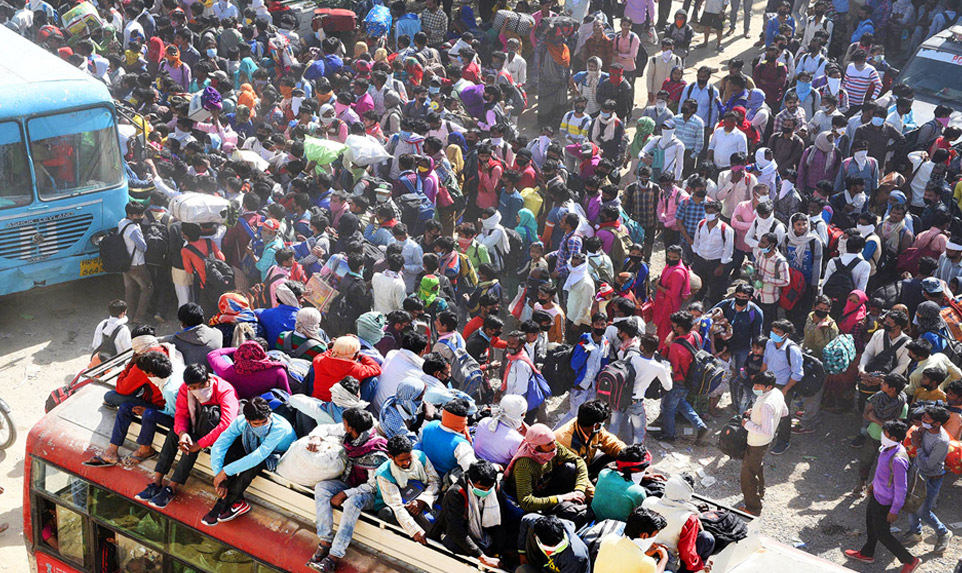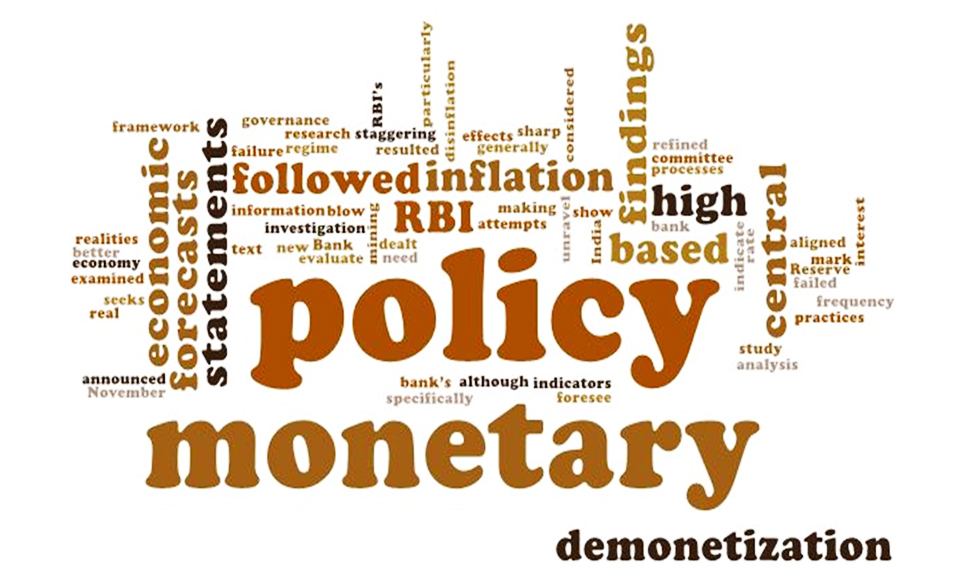Volume 3

Collective ownership: an Expo Mart for the exporter by the exporter
Till early 2000s, barring few, there was lack of exhibition facilities in National Capital Region (NCR) of India. Rakesh Kumar who was heading Export Promotion Council for Handicraft felt that this was one of the major problems in improving handicraft exports from India. To overcome this, Rakesh consulted the industry and government bodies and as a result, Expo Mart having state-of-art facilities for organising exhibitions in NCR was conceptualised. This was planned as special purpose vehicle (SPV), prim...
Volume 3

Measuring an employer brand: a study towards valid scale development (as a second-order factor of a structural model)
The study aims to conceptualise, develop and validates a scale to measure an employer brand(ing) (EB) based on the opinion of existing and potential employees. A total of 431 student-respondents from B-Schools across India were surveyed in a cross-sectional study using a 70-item scale generated through literature review and expert interviews. Through exploratory factor analysis, six EB dimensions were derived. These were further validated using confirmatory factor analysis on data of 120 employees of the...
Volume 3

Reflections on Blended Learning in Management Education: A Qualitative Study with a Push-pull Migration Perspective
COVID-19 pandemic is a major disruptor for education today. Its onset has necessitated innovations in design and delivery of teaching and learning environment with extensive technology integration. The present study aims to scan the factors that are bringing about major transformations in management education in current times. The study extends the demographic push-pull (PP) migratory model to explain and analyse the factors that can enable a smooth transit to a technology enabled virtual teaching and le...
Volume 3

Impact of COVID 19 on Indian Migrant Workers: Decoding Twitter Data by Text Mining
The Coronavirus pandemic has induced a huge economic crisis. The norms of social distancing and consequent lockdown to flatten the curve of this infection has brought economic activity across the globe to a standstill. A mass exodus of workers from major urban centres of India to their native villages started. Mental, financial and emotional agony inflicted due to job-loss, lack of job and livelihood opportunities led to this. A massive macroeconomic crisis for the country with serious ramifications has ...
Volume 3

Evaluation of the Inflation Forecasting Process of the Reserve Bank of India: A Text Analysis Approach
This study attempts to evaluate the monetary policy of the Reserve Bank of India (RBI) based on an investigation of the policy statements. The analysis based on text mining of the central bank’s monetary policy statements seeks to unravel the information considered by the central bank and the processes followed in making its inflation forecasts. The findings indicate that although the RBI examined high-frequency economic indicators, its inflation forecasts have generally been off the mark. Specifically...
Volume 3

Customer satisfaction: impact of hedonic shopping in Delhi and National Capital Region
With the Indian retail industry in a boom phase, it is anticipated that the Indian retail market will increase by approximately 60% and be at USD1.1 trillion by 2020. Interestingly, along with the changing environment in the retail space, customer preferences and expectations have also been changing at a very fast pace. In the past researchers explained two dimensions of customers on the basis of their purchase intent - hedonic, who relate to the feelings of sensation and utilitarian whose primary intent...